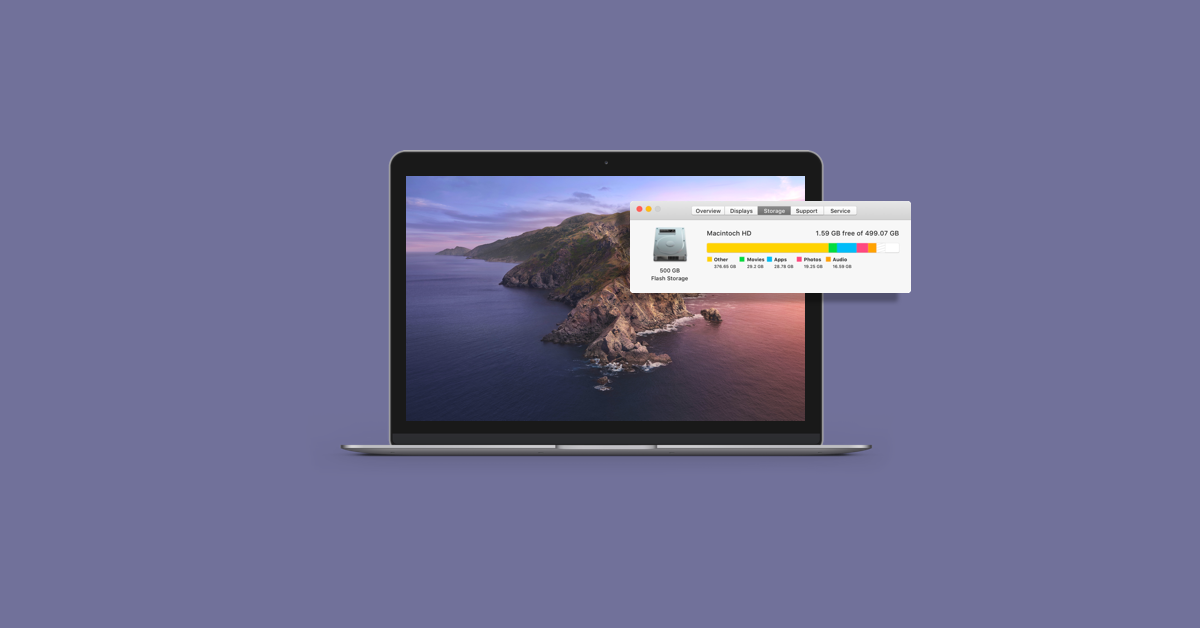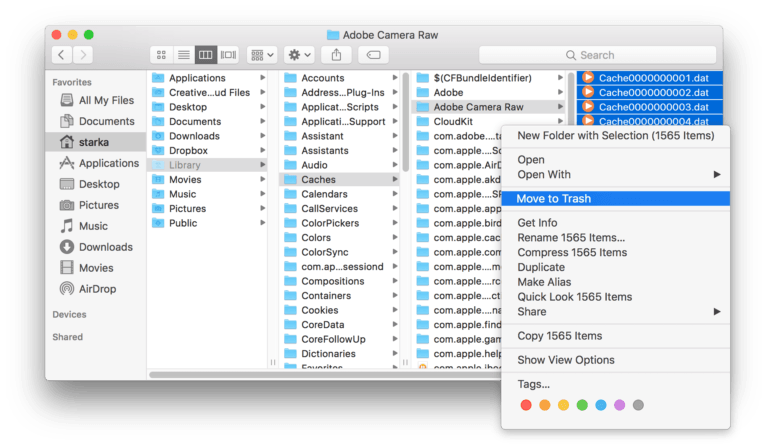

It's time to free up the startup disk space. Something else to bear in mind, once you get such prompt message on your Mac, the computer is going to be a little difficult in doing some tasks like downloading app updates, using virtual memory, handling Photos and iCloud data, and so on. Thus, you should consider this issue when you see the " Your startup disk is almost full" prompt. While you delete some files, your startup disk will quickly fill up and the prompt will show again. Many Mac users will inevitably get the "Your startup disk almost full" prompt, with a vague note to let you delete some files for getting more available space on Mac.Įven though you are able to ignore the prompt for a while, it will show up again shortly. These local snapshots are stored on your Mac’s startup partition along with all your other files.Your Startup Disk Almost Full? Free Up Disk Space on Mac Now

Your Mac automatically creates them in the background, and the Time Machine icon on your menu bar won’t even say it’s doing anything as it does so. These snapshots are designed to help you recover deleted files or previous versions of files, even if your laptop is away from its Time Machine drive for a while. If you’re using a desktop Mac with Time Machine enabled, or if you’re using a Mac notebook with Time Machine disabled, your Mac won’t bother creating local snapshots. Second, you must have enabled Time Machine to back up to an external drive. First, you must be using a Mac notebook and not a Mac desktop PC. Local snapshots are only created if two things are true. RELATED: How to Back Up Your Mac and Restore Files With Time Machine You can’t normally see or access these backup files - use the commands below if you need to quickly remove them from your Mac’s internal storage. The “Backups” category here represents your local snapshots. To see how much space those local Time Machine backups are consuming, click the Apple icon on the menu bar, click About This Mac, and click the Storage heading. RELATED: How to Free Up Disk Space on a Mac


 0 kommentar(er)
0 kommentar(er)
